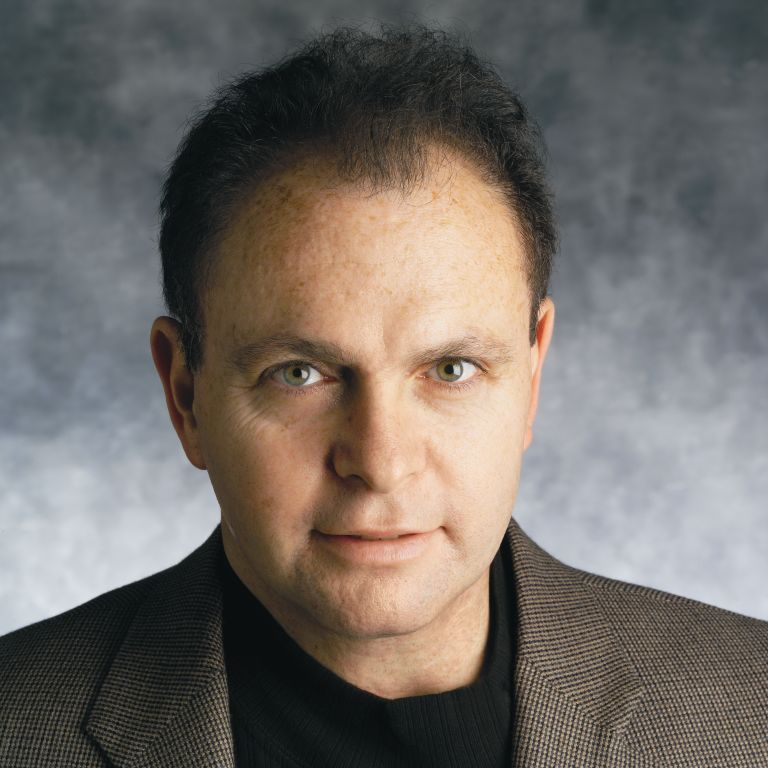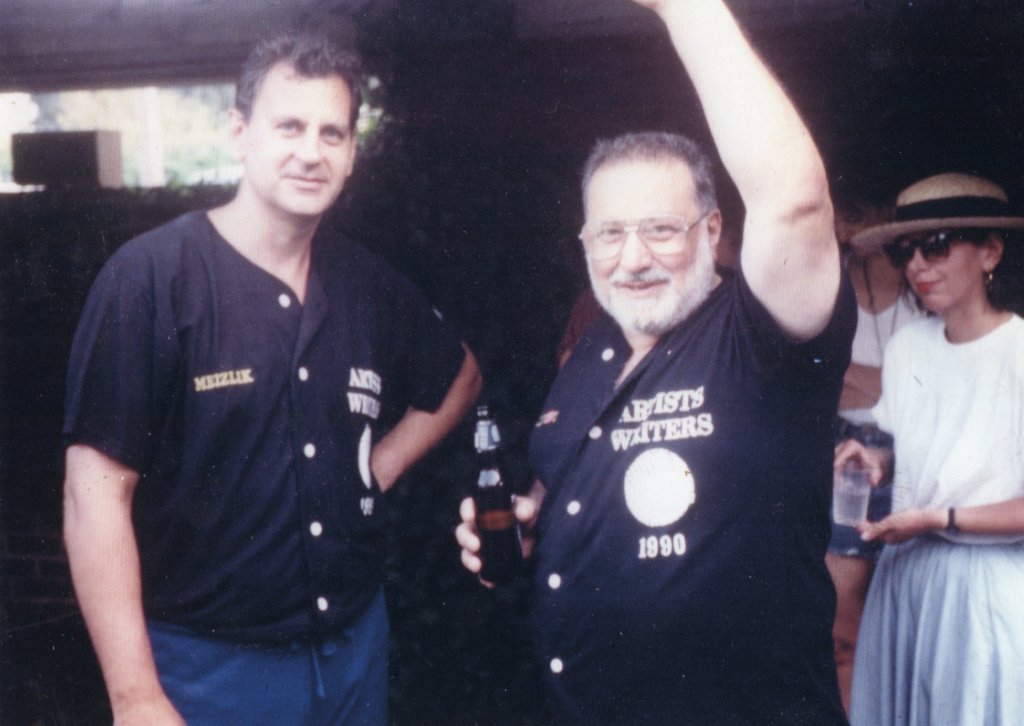How to Become a Hamptons Celebrity

Over 10 years ago, I decided to move from the West End of Long Island to the East End. As a self-employed writer all I needed was a phone, a computer with an internet connection and a roof over my head. I could live just about anywhere and I realized what I wanted was to live on the South Fork. I found a great little place in Southampton and paid a deposit. I planned to move in by late spring.
I made a point that winter never to tell people I was moving to “The Hamptons.” I always said the East End. Some people looked puzzled and I’d tell them I was moving to Southampton. I said the name very matter of fact, like you’d say Omaha or Poughkeepsie. But some people heard the name as if it carried an exclamation mark.
“What are you going to do in the Hamptons? It’s all celebrities out there!” This was my accountant speaking. I heard many variations on this theme over the next few weeks, as I said my goodbyes and finalized my plans.
Of course I knew there were celebrities on the East End. I just never thought that the region was reserved for their exclusive rambling. I had even met a few boldface names. I spotted Kurt Vonnegut at Elaine Benson’s art gallery one day. The famous author, whose novels enthralled me as an adolescent, had created a series of silkscreens, which he now wanted to sell. I came over and asked him about his paintings. No one else was talking to Kurt Vonnegut so I guess he didn’t mind me chatting him up even though I didn’t buy a silkscreen.
After I moved out here, I learned that parties are important business. There are parties where just about every guest is a celebrity. People who throw such parties compete for the A-list guests. It’s considered a loss of face if you throw an A-list party and pull B-list celebs. It’s very competitive.
Writers are invited to these parties on the theory that somebody ought to document them, or why bother having them? In this way I began getting invitations. At one particular soirée I found myself squeezed in between two celebrated fashion models. The room was packed and nobody could move an inch. Supermodel gridlock! As I stood immobile, I began spotting boldface names: Russ Simmons! Martha Stewart! The voice on my left rising above the din belonged to a movie star famous for throwing objects at photographers and expletives at ex-wives. The broad chest of a celebrated ad man, whose goateed face and Brooklyn rasp became even better known than the brands he promoted, prevented movement in the opposite direction,
The movie star spotted the ad man. Shouting above and around my face—they mouthed short sentences, actual conversation being impossible in the din.
So many celebrities, so much white noise. What would their conversations sound like if anyone could hear? I imagined a kind of celebrity roundtable, only conversations would be about regular-person topics. If I were in charge of a program like that, I would ban all celebrity chitchat, forbid name-dropping, and eliminate fawning. Celebrities themselves must be sick of that too, don’t you think?
I forgot about the idea, that is until my next celebrity party a couple of weeks later, where I met Josh Gladstone. Josh was, and is, the artistic director for the John Drew Theater at Guild Hall. Josh is talented and amiable and the John Drew Theater is a wonderful performance venue, offering everything from rock concerts to Shakespeare. I wondered what Josh would think of a series at Guild Hall, where celebrities talk about normal topics with people who are not celebrities. No canned patter. Audiences would take part, too.
Josh threw his head back and laughed.
“Just like a conversation, but in the Hamptons!” he roared. “I love it!”
He thought a moment and added, “How about Sunday mornings?”
Everyone knows celebrities sleep late on weekends.
“Thursday nights?” I replied, strategically.
This is how Thursday nights became Out of the Question: The Hampton Celebrity Roundtable at Guild Hall. I picked the name because, well, I always started out with a question. We didn’t actually have a round table, but we had chairs. I brought in a CD, a disc of funky mid-60s jazz and gave it to the sound guys. I had my own walk-on music. Now, I needed to start finding celebrities to go along with all this. I figured I’d need four or five every show.
Celebrities are pretty easy to find out East if you know where to look. A good place is BookHampton, where folks with recently published memoirs arrive to read chapters to prospective customers. BookHampton was where I met the late James Brady, the best-selling novelist. When Brady finished signing copies he peered up at the last person in line. That was me. I quickly invited him to appear on my new show.
“What’s the topic?” he asked.
“Well, the topic always changes. I ask a question, and you reply. It’s like a conversation.”
He looked at me.
“What channel is it on?” he asked.
“No channel,” I said. “It’s a live audience. At Guild Hall on Thursday nights.”
He hesitated.
“We’ll sell your books!”
“Wonderful! E-mail me the date.” And he was wonderful the Thursday night he appeared. And, we sold his books.
Actually, all my celebrities were wonderful. And fabulous. That’s why they’re celebrities. Booking them turned out to be marvelous fun, once I got the knack of reacting quickly on spotting a famous face. I nabbed Jerry Della Femina, the ad man and restaurateur, greeting guests in his restaurant; Rona Jaffe, the author, at a book reading; Jane Wilson, the painter, at an art show; Robert A.M. Stern, the architect, through a phone call; Dan Rattiner, the newspaper editor; after we met at a dinner; and many others in this way. I didn’t get them all; Tom Wolfe was crossing Jobs Lane in his dress whites when I spotted him; I parked, jumped out of the car and pitched him when he got to the other side. Alas, he got away, but later mailed charming “regrets” on engraved stationary.
Now we had the concept, the venue, and the guests. All that was missing was the audience. Dan’s Papers ran a series of detailed stories about our upcoming series, helping build a buzz. Other newspapers also covered the series: some enthusiastically, others unexpectedly hostile. One crusty East End weekly editorialized that choosing Hamptons celebrities was a privilege reserved for certain people, of whom clearly I was not one. Radio and TV shows invited me on to talk about the series. It all helped sell tickets, and selling tickets became the priority. A few dozen people will crowd your living room but look lost in your mid-sized theater. Some nights audiences were small. I learned to play to those who were there, and I think these were some of the best shows. Other nights, I looked out and we had nearly filled the place.
I enjoyed the run immensely.
One late summer afternoon, after Out of the Question had its last episode, a thin woman wearing shorts and a sunhat stopped me on Newtown Lane.
“You’re the guy from that celebrity show.”
What should I say? Is this how I appeared to my prospective guests, a stranger stopping them on the street, talking about some show?
Apparently I didn’t respond quickly enough.
“It’s a good show. They’re celebrities and you’re not, an interesting concept,” she declared. “I saw your show twice. I want you to do it again next summer.”
She walked away. You could say this was the summer I became an entry-level celebrity.









